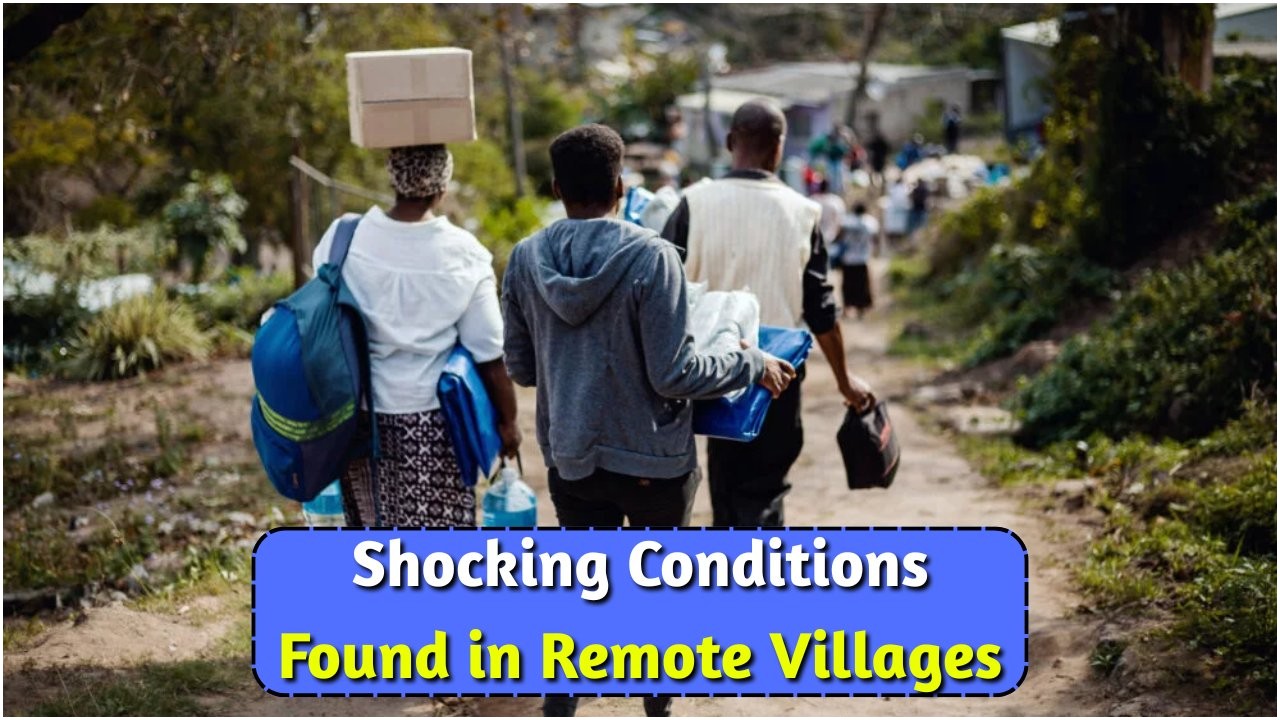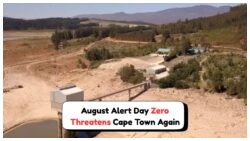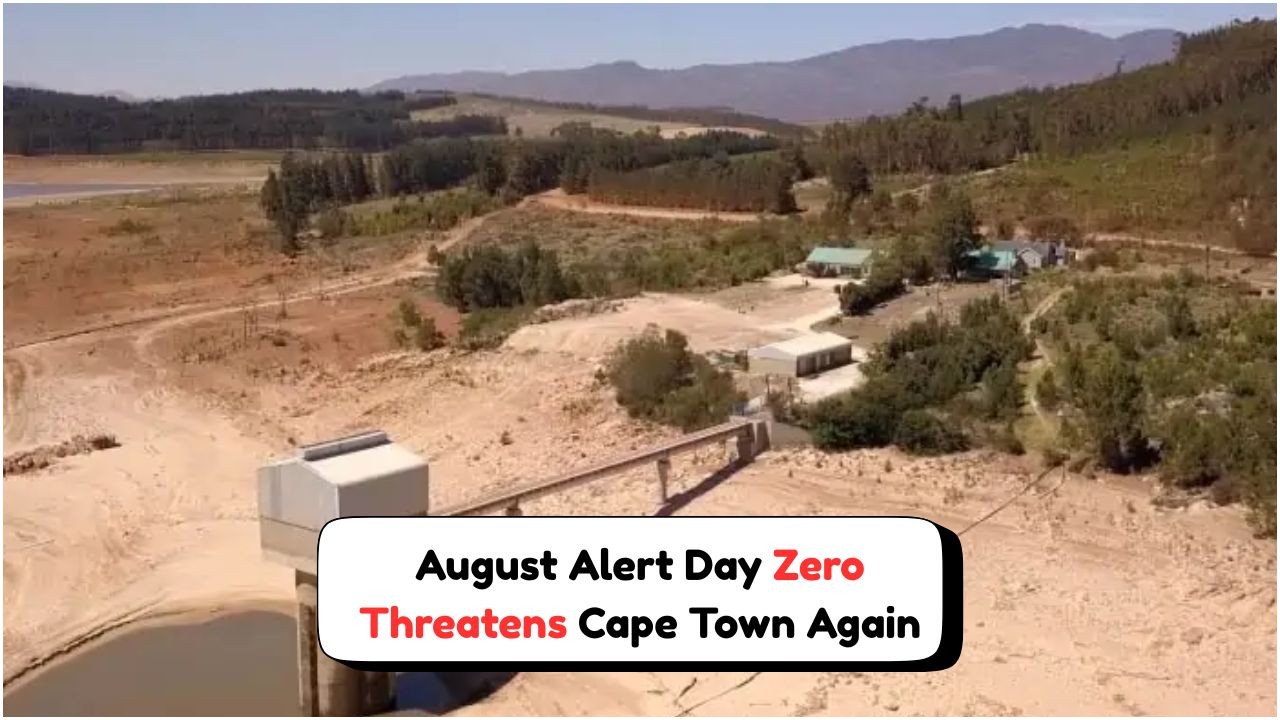Emergency Aid and Compassion – In the sprawling landscapes of rural regions, countless forgotten villages struggle in silence. These isolated communities are often left out of mainstream development and emergency support due to their remoteness and lack of visibility. While cities and towns receive rapid response during natural disasters or crises, these villages wait—sometimes indefinitely—for help that never comes. This harsh reality has given rise to grassroots relief efforts that truly matter—initiatives driven by empathy, local partnerships, and innovative strategies designed to break through barriers and reach those in dire need. Emergency aid for remote villages is not just about dropping off supplies. It involves understanding cultural contexts, building trust, and providing long-term support beyond immediate relief. Many grassroots organizations and humanitarian volunteers are redefining how aid is delivered—prioritizing dignity, resilience, and sustainability. In this article, we explore how these local-level operations work, what makes them effective, and how compassion-led intervention is changing lives, one village at a time. With climate change, poverty, pandemics, and conflict worsening the plight of the vulnerable, it’s never been more important to ensure that no community is left behind. From food packs to mobile clinics, from trauma counselling to water systems, the reach of grassroots aid is expanding, despite daunting challenges. Through real-life examples, data-driven insights, and testimonials from the field, this comprehensive guide will take you inside the heart of emergency aid that matters.
The Need for Grassroots Relief in Forgotten Villages
In disaster-prone and neglected areas, grassroots aid becomes the lifeline for survival and recovery.
- Limited government presence in remote locations
- Lack of proper transportation routes or infrastructure
- Communities facing hunger, illness, and shelter issues
- High dependency on agriculture and unstable income sources
- Minimal access to health facilities, schools, or clean water
- Language and cultural barriers prevent proper outside support
- Vulnerable populations include elderly, children, and disabled
- Recovery from disasters is slower than in urban areas
Key Components of Effective Grassroots Emergency Aid
What makes grassroots efforts truly impactful is their local understanding and hands-on approach.
| Component | Description | Example |
|---|---|---|
| Community Engagement | Involving locals in planning and decision-making | Local volunteers leading distribution |
| Needs-Based Approach | Aid tailored to real needs, not assumptions | Prioritizing sanitary pads for women |
| Speed & Agility | Rapid mobilization of small teams and resources | Motorbikes used for remote access |
| Trust Building | Respecting culture and traditions builds long-term cooperation | Working through local leaders |
| Medical Outreach | Mobile clinics and health check-up camps | Vaccination drives, malaria testing |
| Disaster Preparedness | Training communities for future emergencies | Earthquake drills, emergency supply storage |
| Monitoring & Feedback | Transparent tracking and community feedback systems | Post-distribution surveys |
| Coordination | Collaboration with local governments and national NGOs | Aligning relief with municipal efforts |
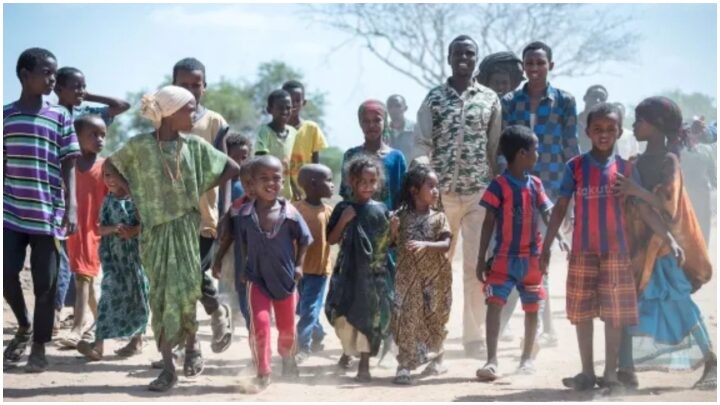
Types of Emergency Aid Delivered at the Grassroots Level
Emergency aid is not one-size-fits-all. The aid that truly changes lives is multidimensional.
- Food aid: Packaged meals, grain distribution, protein supplements
- Medical care: Mobile health vans, emergency surgeries, first aid kits
- Water and sanitation: Water tanks, filters, hygiene kits
- Shelter: Tarpaulins, tents, bamboo homes, repair kits
- Emotional support: Trauma counselling, grief support groups
- Livelihood support: Seeds, farming tools, goats, chickens
- Education continuity: School kits, mobile learning vans
Real-World Success Stories From the Field
Across different regions, there are shining examples of how local relief transformed suffering into hope.
| Region | Crisis Type | Aid Provided | Outcome Achieved |
|---|---|---|---|
| Assam, India | Flooding | Boats, food kits, solar lamps | 45 villages received food within 72 hrs |
| Limpopo, SA | Drought | Water tanks, farming workshops | Farming restored in 6 remote villages |
| Sindh, Pakistan | Heatwave | Shade tents, ORS kits, water delivery | Heatstroke cases reduced by 80% |
| Haiti | Earthquake | Trauma therapy, rebuilding shelters | 700+ homes rebuilt |
| Philippines | Typhoon | School repairs, learning kits | Classes resumed in 2 weeks |
| Kenya | Food shortage | Goat distribution, nutrition drives | Malnutrition dropped by 60% |
| Nepal | Landslide | Mobile clinics, stretchers, first aid | Treated 1,000+ patients in 10 days |
| Uganda | Refugee crisis | Trauma counselling, clean water access | Community integration programs scaled |
The Role of Local Partnerships and Volunteers
Grassroots relief cannot function without the passion and presence of local actors and community heroes.
- Village health workers acting as first responders
- Local NGOs providing logistics and translation help
- Youth and women’s groups handling distribution fairly
- Community radio stations broadcasting safety alerts
- Elders helping bridge trust with traditional communities
These partnerships build not only effective aid networks but also long-term resilience and self-reliance.
Challenges Faced in Reaching Remote Villages With Aid
Delivering help to hard-to-reach places comes with immense logistical, environmental, and financial hurdles.
- Inaccessibility due to broken roads, rivers, mountains
- Lack of mobile signal or communication
- Fear and mistrust due to past aid failures
- Limited fuel or power in crisis zones
- Scarce funding for ongoing operations
- Volunteer fatigue and burnout
Despite these, grassroots movements continue to work relentlessly, driven by compassion.
Technology and Innovation in Grassroots Relief
Digital tools are beginning to empower even the smallest of organizations.
- Use of drone mapping to assess damage
- Mobile apps for aid tracking and beneficiary verification
- WhatsApp for coordination among dispersed teams
- Telemedicine for remote diagnosis and prescriptions
- Solar-powered fridges to store vaccines
- QR code-based ration cards for transparency
These innovations increase both reach and accountability.
Departmental Contact Details for Emergency Relief Support
| Department/Agency | Contact Details | Services Provided |
|---|---|---|
| National Disaster Management Authority | www.ndma.gov.za | +27 12 848 4600 |
| Department of Social Development | www.dsd.gov.za | +27 87 158 3000 |
| Red Cross South Africa | www.redcross.org.za | +27 21 507 4700 |
| Gift of the Givers | www.giftofthegivers.org | +27 800 786 777 |
| UNICEF South Africa | www.unicef.org/southafrica | +27 12 354 8201 |
| Doctors Without Borders | www.msf.org.za | +27 11 403 4440 |
| Provincial Disaster Management Centres | Contact local municipal offices | Local relief coordination, logistics |
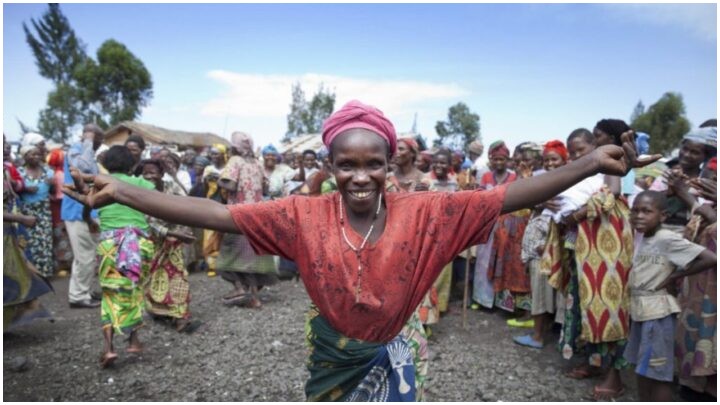
Without grassroots relief efforts, many forgotten villages would remain trapped in cycles of suffering and invisibility. These community-driven interventions show that with compassion, dedication, and innovation, even the most overlooked corners of the world can receive the help and hope they deserve.
FAQs
Q1: What is grassroots emergency relief?
A1: It’s aid delivered by local or small organizations directly to vulnerable communities, especially in remote areas.
Q2: How is grassroots aid different from government aid?
A2: It is faster, locally driven, and more personalized, whereas government aid is often slower and centralized.
Q3: Can small donations make a difference in grassroots work?
A3: Absolutely. Even small contributions can help fund meals, medicine, or transport for urgent relief.
Q4: What are the most urgent needs in remote villages after a disaster?
A4: Clean water, food, shelter, medical aid, and emotional support are typically the top priorities.
Q5: How can I volunteer or support such efforts?
A5: You can donate, spread awareness, or join trusted organizations working on the ground in such regions.
